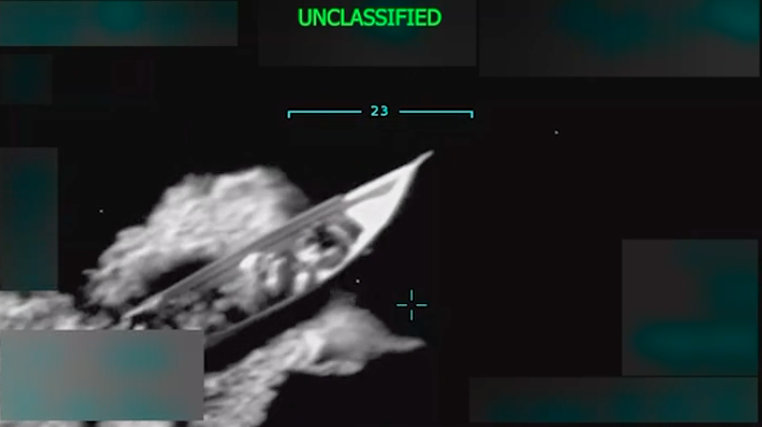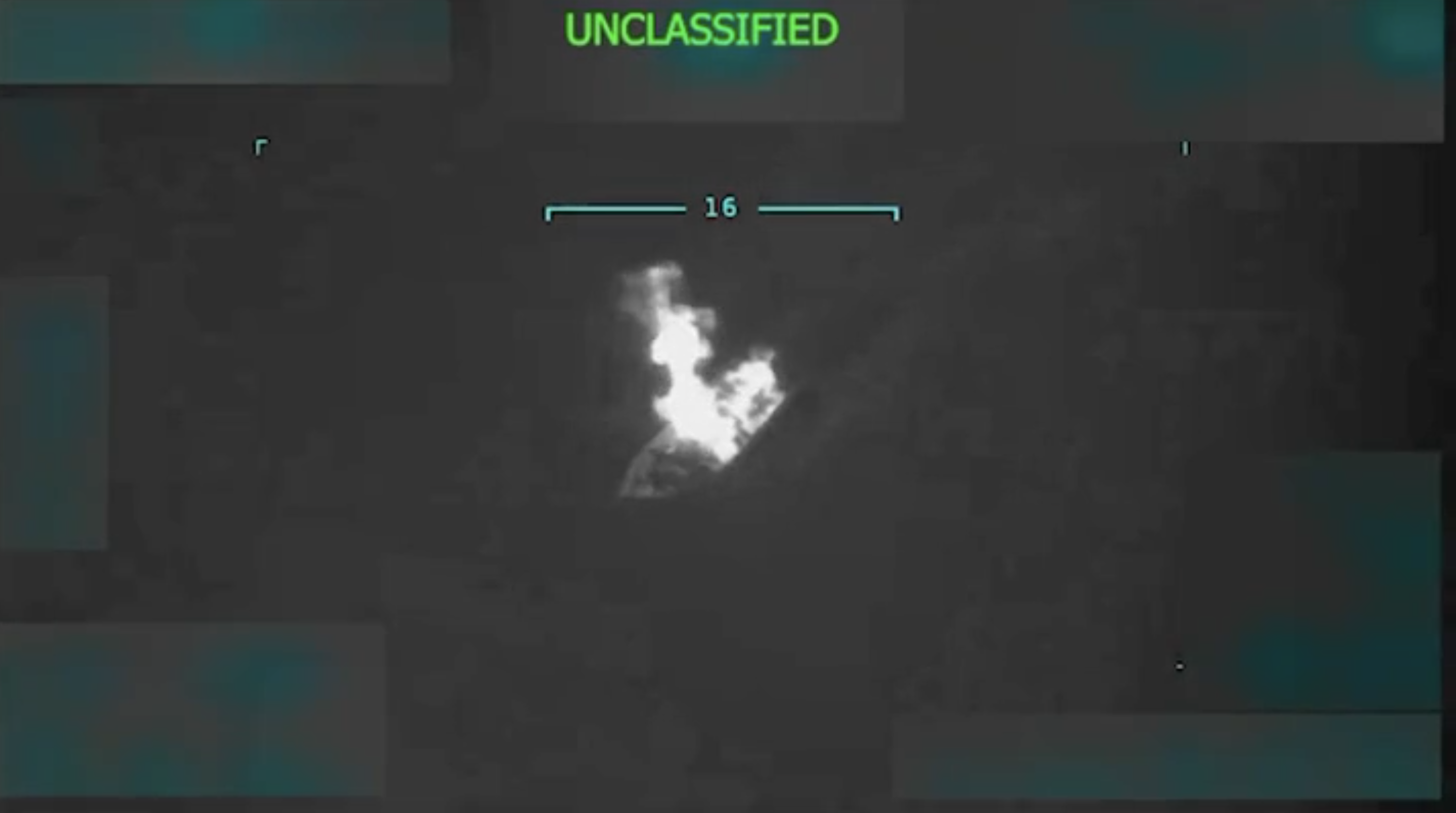The Bergdahl Roadmap to Unilateral Presidential Closure of GTMO
We have not paid enough attention to the significance of the administration’s legal argument in support of the Bergdahl trade for President Obama’s goal of closing GTMO. The Article II logic in the administration’s disregard of the congressional notice requirement in swapping the Taliban five for Bergdahl could be the basis for transferring the remaining GTMO detainees to the United States despite a congressional ban.
Published by The Lawfare Institute
in Cooperation With

We have not paid enough attention to the significance of the administration’s legal argument in support of the Bergdahl trade for President Obama’s goal of closing GTMO. The Article II logic in the administration’s disregard of the congressional notice requirement in swapping the Taliban five for Bergdahl could be the basis for transferring the remaining GTMO detainees to the United States despite a congressional ban. Recall that the transfer of Taliban detainees for Bergdahl without prior notice to Congress seemed to fly in the face of Section 1035 of the 2014 NDAA, which requires the Defense Secretary to notify the appropriate Committees of a transfer from GTMO “not later than thirty days before the transfer or release,” and Section 8011 of the Fiscal Year 2014 Consolidated Appropriations Act, which prohibited use of appropriated funds to transfer GTMO detainees except in accordance with Section 1035. DOD argued to GAO that “section 1035 does not make notice a precondition of transfer,” and thus that the transfer violated neither Section 1035 nor the funding restriction in Section 8011. Whatever one thinks of this statutory argument---I argued previously that it is unconvincing---DOD also argued to GAO that the President could disregard the statute (i.e. ignore its restrictions) because the notice requirement in section 1035, applied to the transfer of the Taliban five for Bergdahl, would violate “the constitutionally-mandated separation of powers.” DOD reasoned that compliance with a 30 days’ notice requirement “in these circumstances would have “‘prevent[ed] the Executive Branch from accomplishing its constitutionally assigned functions,’ Morrison v. Olson, 487 U.S. 654, 695 (1988),” which included protecting the life of a U.S. solider, “without being ‘justified by an overriding need’ to promote legitimate objectives of Congress, Nixon v. Administrator of General Servs., 433 U.S. 425, 443 (1977).” Thus Section 1035 “would have been unconstitutional to the extent it applied to the unique circumstances of this transfer” and the spending limitation in section 8111 “would likewise be unconstitutional as applied to that transfer.” The validity of these arguments as applied to the Bergdahl swap is not my present concern. DOD thinks the arguments are valid. And even more importantly, a December 2014 letter from DOD to the GAO states that the Department of Justice “concur[s]” in this analysis. So the analysis has the imprimatur of OLC and the Attorney General. The question that interests me is how these arguments might be used to defy the statutory restrictions on transferring detainees to the United States in connection with closing the GTMO detention facility. The most recent version of that restriction from Section 1034 of the 2014 NDAA, as adjusted in Section 1033 in the 2015 NDAA, prevents DOD from using appropriated funds “to transfer, release, or assist in the transfer or release to or within the United States, its territories, or possessions of Khalid Sheikh Mohammed or any other detainee who … is or was held on or after January 20, 2009, at United States Naval Station, Guantanamo Bay, Cuba, by the Department of Defense.” Transferring the GTMO detainees to the United States in the face of this statute would not be justified as part of a prisoner trade. Nonetheless, DOD has already stated that protecting the life of a U.S. soldier is a weighty enough presidential prerogative to disregard a transfer statute in the context of foreign transfer. As Charlie Savage (among many others) has noted, the President thinks that not closing GTMO “endangers national security,” and the Islamic State beheadings of Americans have been tied to GTMO. One can imagine the administration extending the Bergdahl swap rationale to an argument that the President’s Article II duty to protect the lives of U.S. soldiers and citizens allows him to ignore the transfer restrictions as part of closing GTMO. Of course the transfer of the Taliban five to Afghanistan would raise different considerations than transferring 100 or so detainees to the United States. For one thing, Congress’s Article I interest in homeland transfers is surely stronger. But we should perhaps not exaggerate the importance of this and other differences. The President has already announced (in several signing statements beginning in December 2011) that the transfer restrictions abroad (defied in the Bergdahl situation) and the transfer restrictions to the United States (which would need to be disregarded to close GTMO) are both constitutionally infirm for the same general reason. Here is the language from the most recent NDAA signing statement.
I have consistently opposed these restrictions [on transfers abroad and to the United States] and will continue to work with the Congress to remove them. More than 80 percent of detainees at one time held at the detention facility have now been transferred. The executive branch must have the flexibility, with regard to those detainees who remain, to determine when and where to prosecute them, based on the facts and circumstances of each case and our national security interests, and when and where to transfer them consistent with our national security and our humane treatment policy. Under certain circumstances, the provisions concerning detainee transfers in both bills would violate constitutional separation of powers principles.
The President is here reiterating – surely backed up by OLC analysis – that “under certain circumstances” the transfer restrictions abroad and the ones to the United States “would violate constitutional separation of powers principles.” The administration has not articulated what all of those circumstances are. But it has deployed this argument in the Bergdahl swap. And it is clearly comfortable with the legal basis for doing the same with regard to transferring detainees to the United States in at least some circumstances. To say that the President thinks he can lawfully transfer the detainees to the United States in some circumstances does not, of course, mean that he will do so, or that he will do so for all of the detainees (as opposed to some), or that the politics of the situation will allow any of this. And I have no reason to think that the administration is currently considering this. But as his second term winds down, as politics matter less, and as following through on his first-day pledge to close GTMO and his broader legacy become more salient, one can imagine the President and his administration becoming more aggressive. Which raises the question: Does Congress care? As far as I can tell Congress as an institution has acquiesced in the administration’s legal arguments supporting both the Taliban five transfer and the unconstitutionality, in some circumstances, of the Homeland transfer restrictions. If the President does transfer some or all of the GTMO detainees to the United States, he will be able to say that he has for years been signaling his authority to do so and that Congress has done little if anything as an institution to object.




